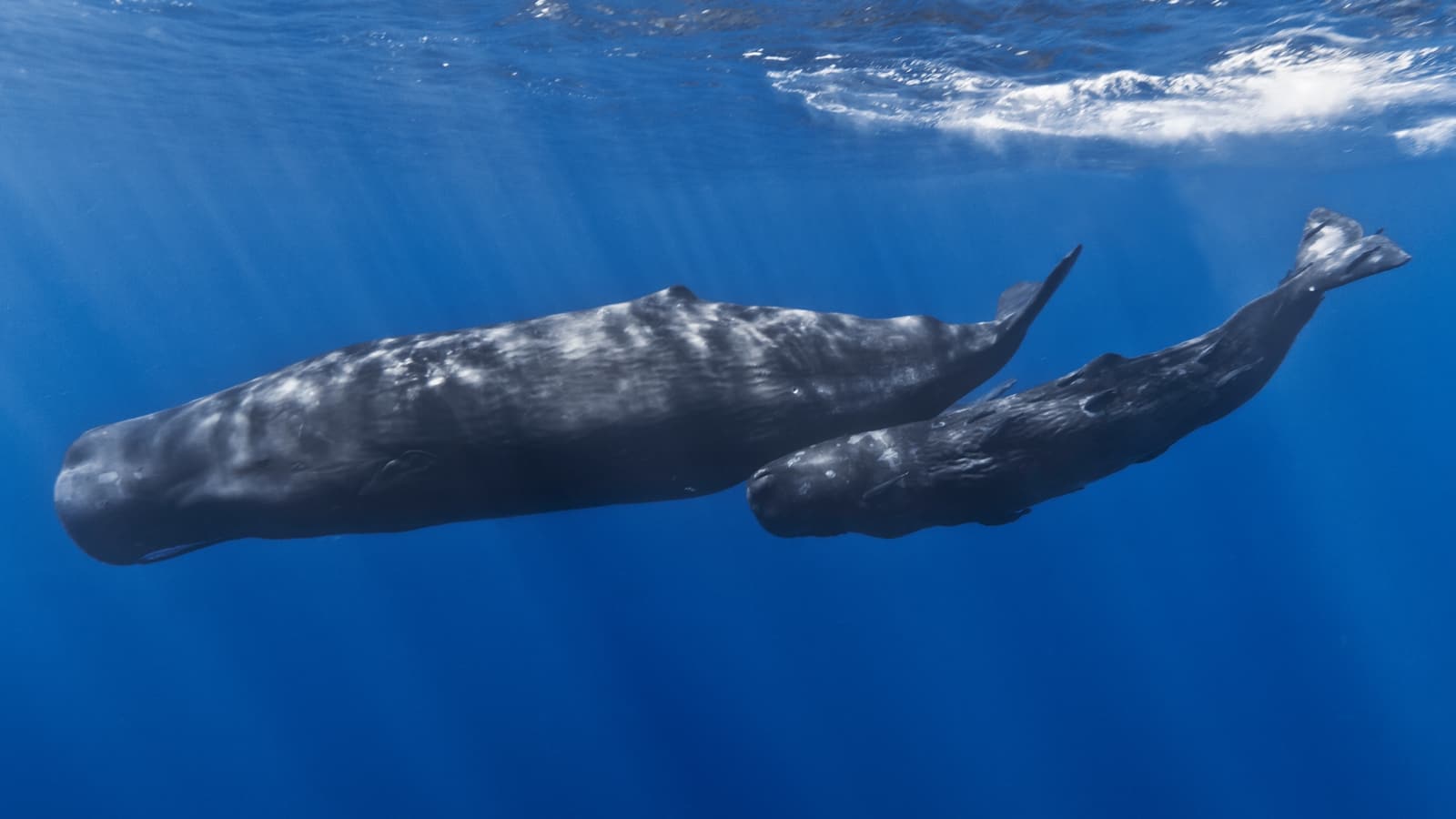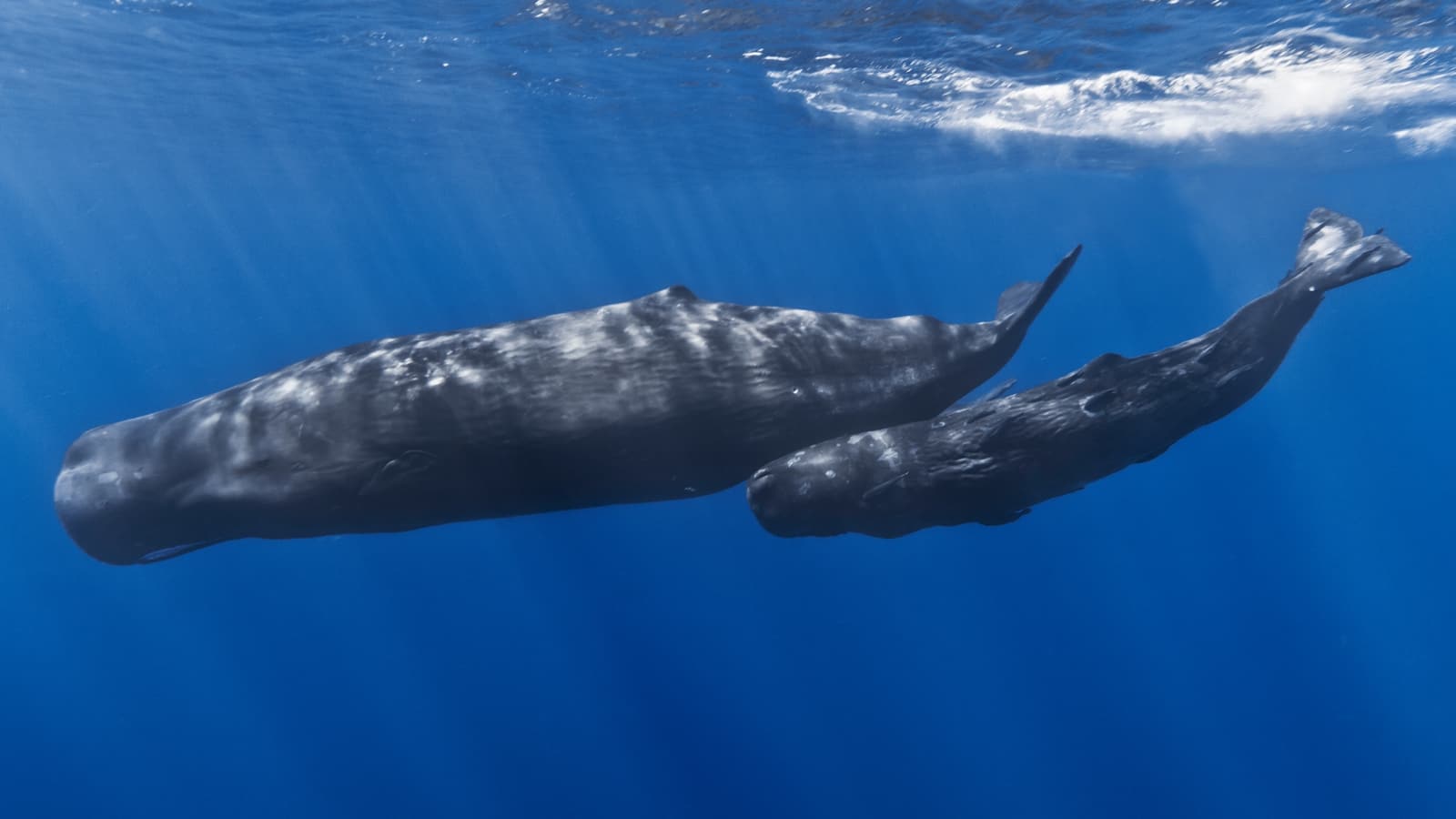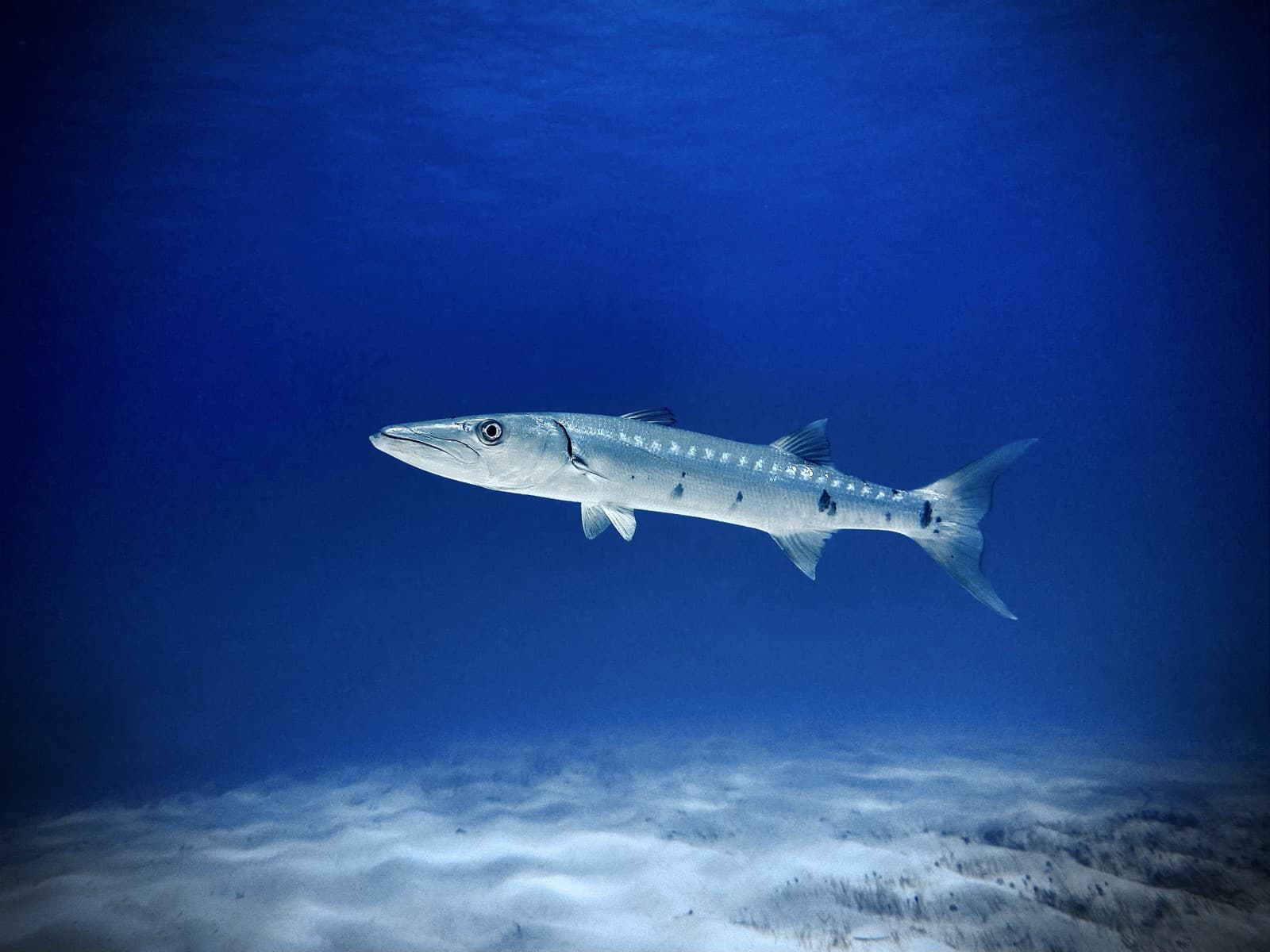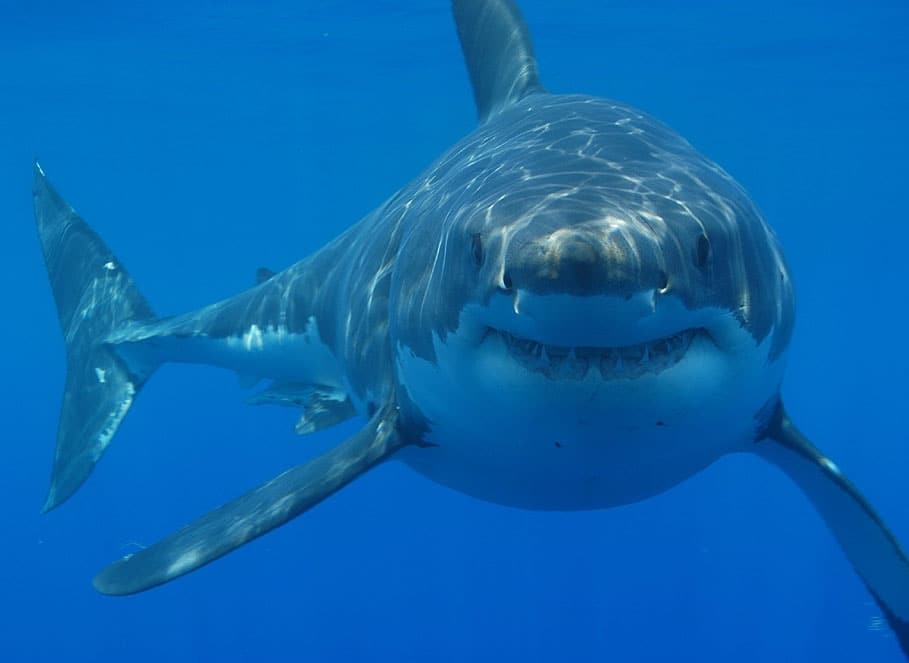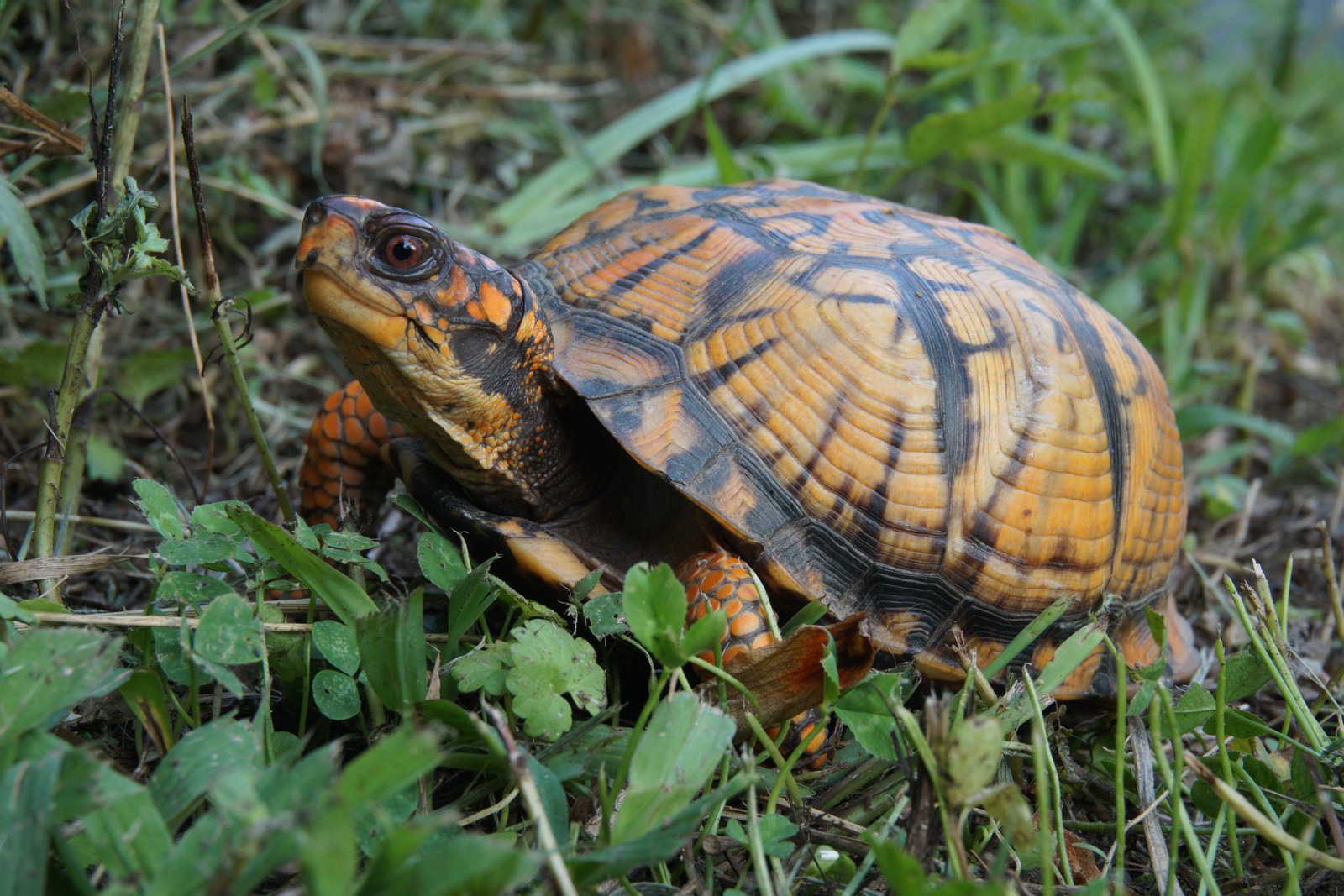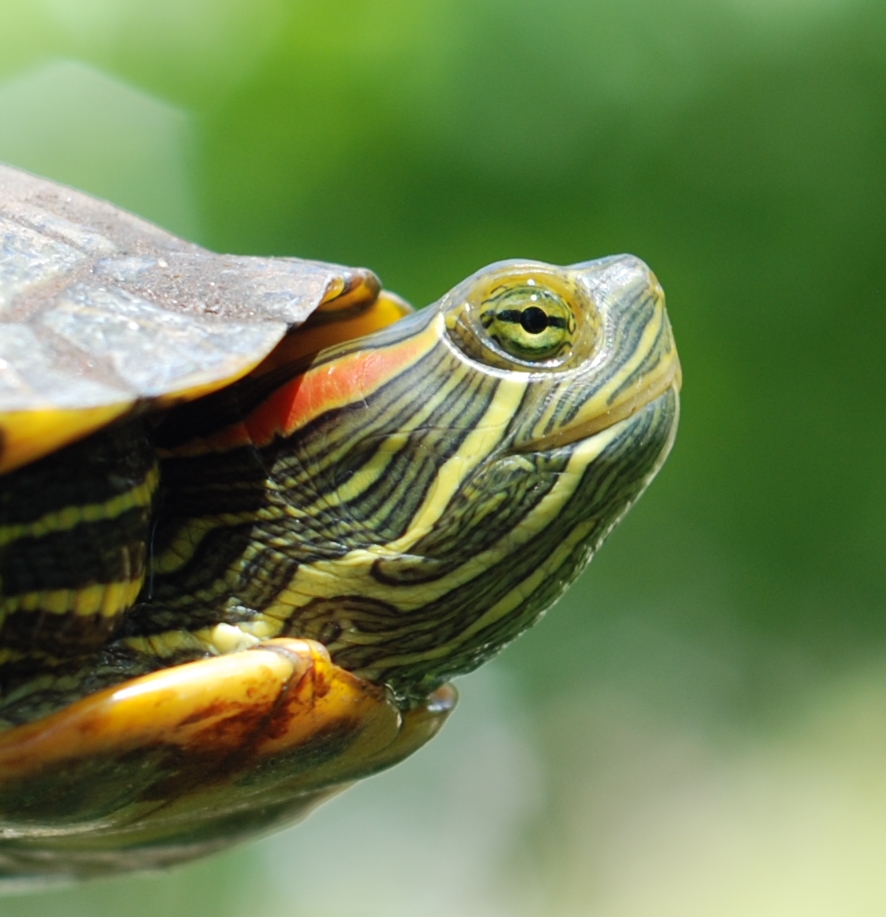Whale vs Shark: A Complete Comparison
Despite their similar aquatic habitats, whales and sharks represent two fundamentally different evolutionary paths in marine biology. Whales are warm-blooded mammals that must surface to breathe air, while sharks are cold-blooded fish that extract oxygen from water through their gills. This primary distinction shapes everything from their behavior to their anatomy, with the largest whale (the Blue Whale) reaching lengths of 100 feet (30.5 meters), dwarfing even the largest shark species.
The differences between whales and sharks extend far beyond their basic classification. While both are apex marine predators in their respective ecosystems, their hunting strategies, social behaviors, and physical characteristics have evolved along distinct paths over millions of years. Understanding these differences helps explain their unique roles in marine ecosystems and their varying interactions with human activities.
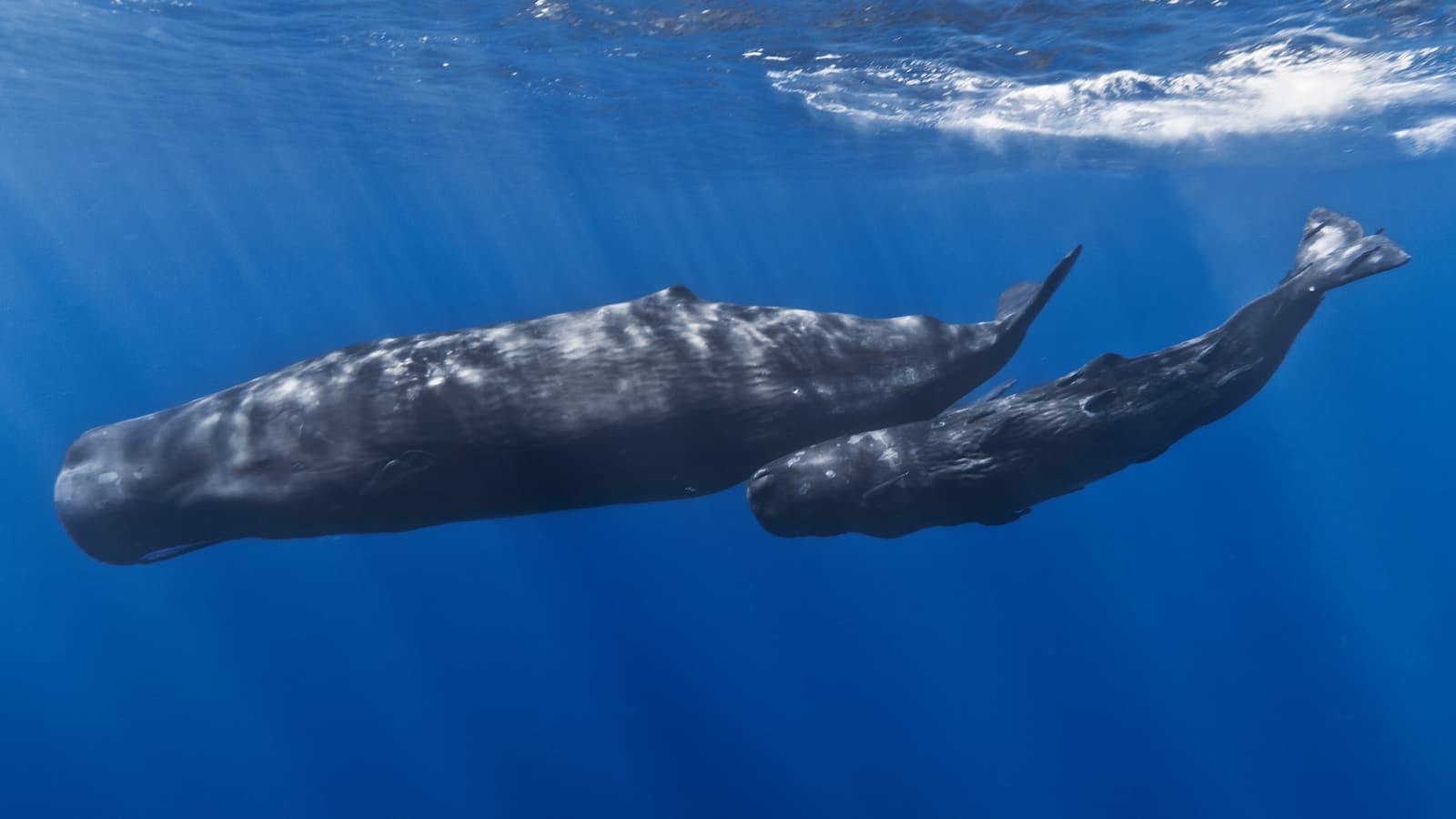
© Gabriel Barathieu / CC BY-SA 2.0
Sperm whales demonstrate the characteristic mammalian traits that distinguish whales from sharks, including their smooth skin and horizontal tail flukes used for powerful propulsion through deep ocean waters.
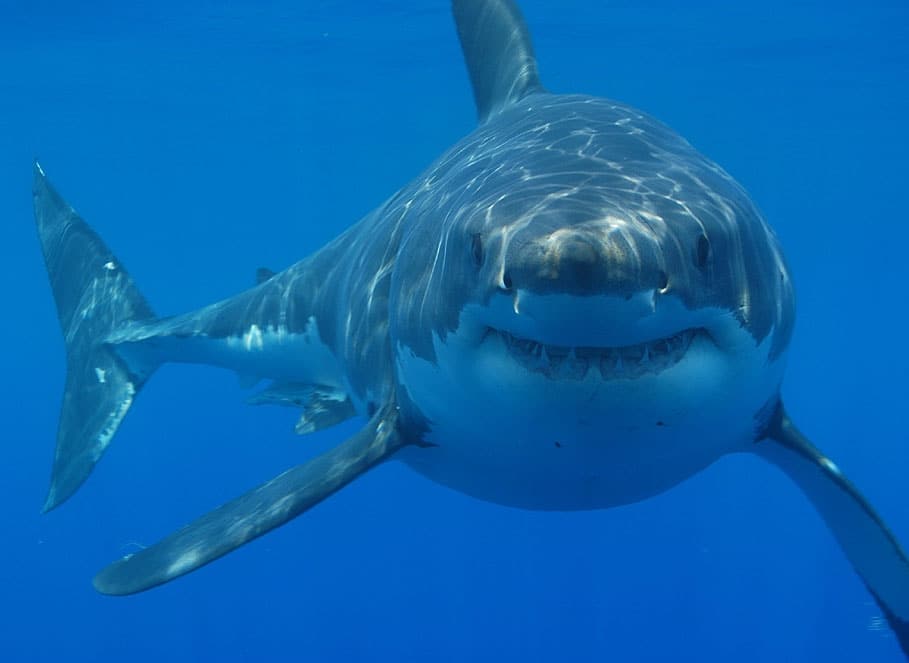
© Hermanus Backpackers / CC BY 2.0
The Great White Shark exhibits classic shark characteristics including rough, sandpaper-like skin, a vertical tail fin, and multiple rows of replaceable teeth - features that clearly distinguish it from marine mammals.
Key Differences: Whale vs Shark Comparison
| Feature | Whale | Shark |
|---|---|---|
| Classification | Mammal | Fish |
| Breathing | Through lungs, must surface for air | Through gills, extracts oxygen from water |
| Skeleton | Bone | Cartilage |
| Body Temperature | Warm-blooded (endothermic) | Cold-blooded (mostly ectothermic) |
| Skin Type | Smooth, blubber layer underneath | Rough, covered in dermal denticles |
| Tail Orientation | Horizontal flukes | Vertical fin |
Breathing and Circulation Systems
One of the most fundamental differences between whales and sharks lies in their respiratory systems. Whales must surface regularly to breathe air through their blowholes, which connect to lungs, while sharks extract oxygen from water using their gills. This difference affects their diving patterns, with whales typically staying submerged for 20-90 minutes depending on the species, while sharks can remain underwater indefinitely.
Size and Physical Characteristics
While both groups include some of the ocean’s largest creatures, whales generally reach greater sizes. The Blue Whale, measuring up to 100 feet (30.5 meters) and weighing up to 200 tons (181.4 metric tons), holds the title of largest animal ever known to exist. In contrast, the largest shark, the Whale Shark, reaches maximum lengths of about 40 feet (12.2 meters) and weights of 47,000 pounds (21.5 metric tons).
Hunting and Feeding Methods
Whale Feeding Strategies
- Baleen whales filter feed on krill and small fish
- Toothed whales use echolocation to hunt larger prey
- Social hunting observed in species like Orcas
Shark Hunting Techniques
- Highly developed sense of smell
- Electroreceptors detect prey movement
- Multiple rows of replaceable teeth
- Primarily solitary hunters
Social Behavior and Intelligence
Whales demonstrate complex social structures and high intelligence levels, with documented examples of tool use, cultural learning, and sophisticated communication systems. Most whale species live in family groups called pods, showing strong social bonds and cooperative behaviors. Sharks, while intelligent predators, generally lead more solitary lives with simpler social interactions, though some species show basic social behaviors during mating seasons.
Conservation Status and Human Impact
Both whales and sharks face significant challenges from human activities:
- Whales: Historic whaling reduced many populations by over 90%, though some species are recovering under protection
- Sharks: Facing severe pressure from fishing, particularly for shark fin trade
- Both groups: Affected by ocean pollution, climate change, and habitat destruction
Who Would Win in a Confrontation?
While direct conflicts between whales and sharks are rare in nature, the outcome of any theoretical encounter would depend heavily on the species involved. Orcas (technically dolphins, but part of the whale family) are known to prey on certain shark species, including Great Whites. However, most baleen whales and sharks generally avoid each other, occupying different ecological niches.
The key factors in any confrontation would include:
- Size difference
- Hunting capabilities
- Group dynamics
- Environmental conditions
In most cases, adult whales’ superior size and, in some species, social cooperation provide significant advantages over solitary sharks.

